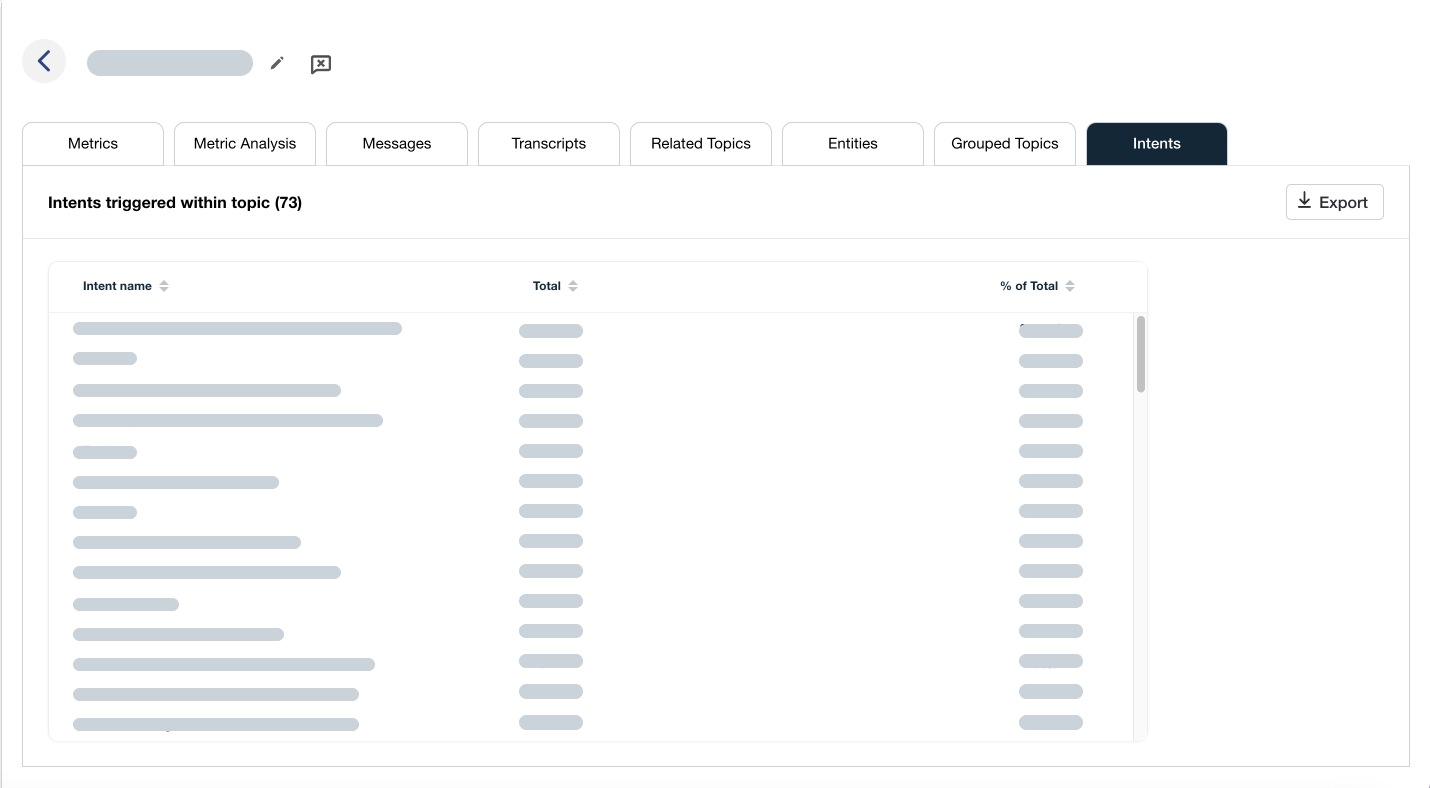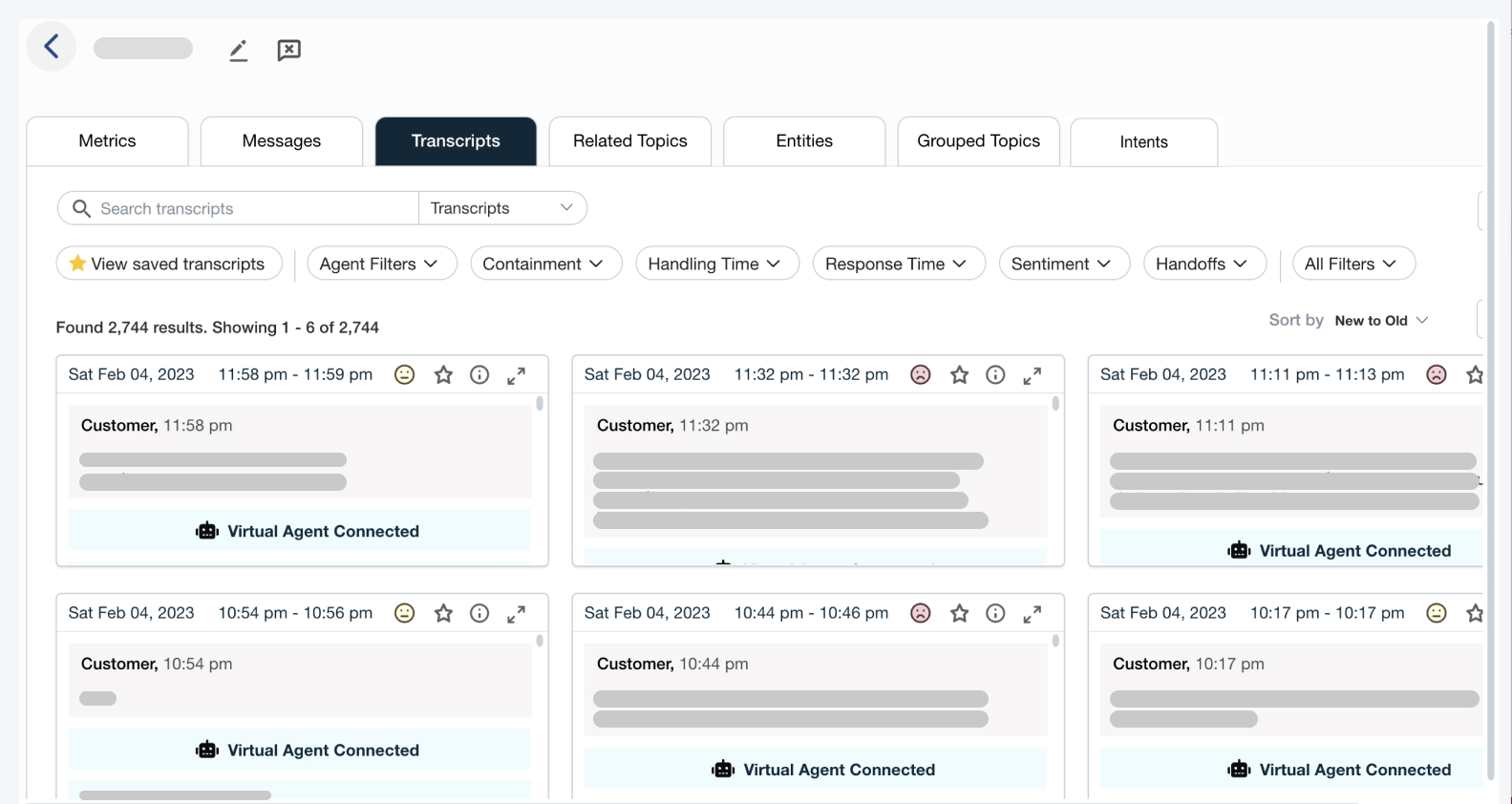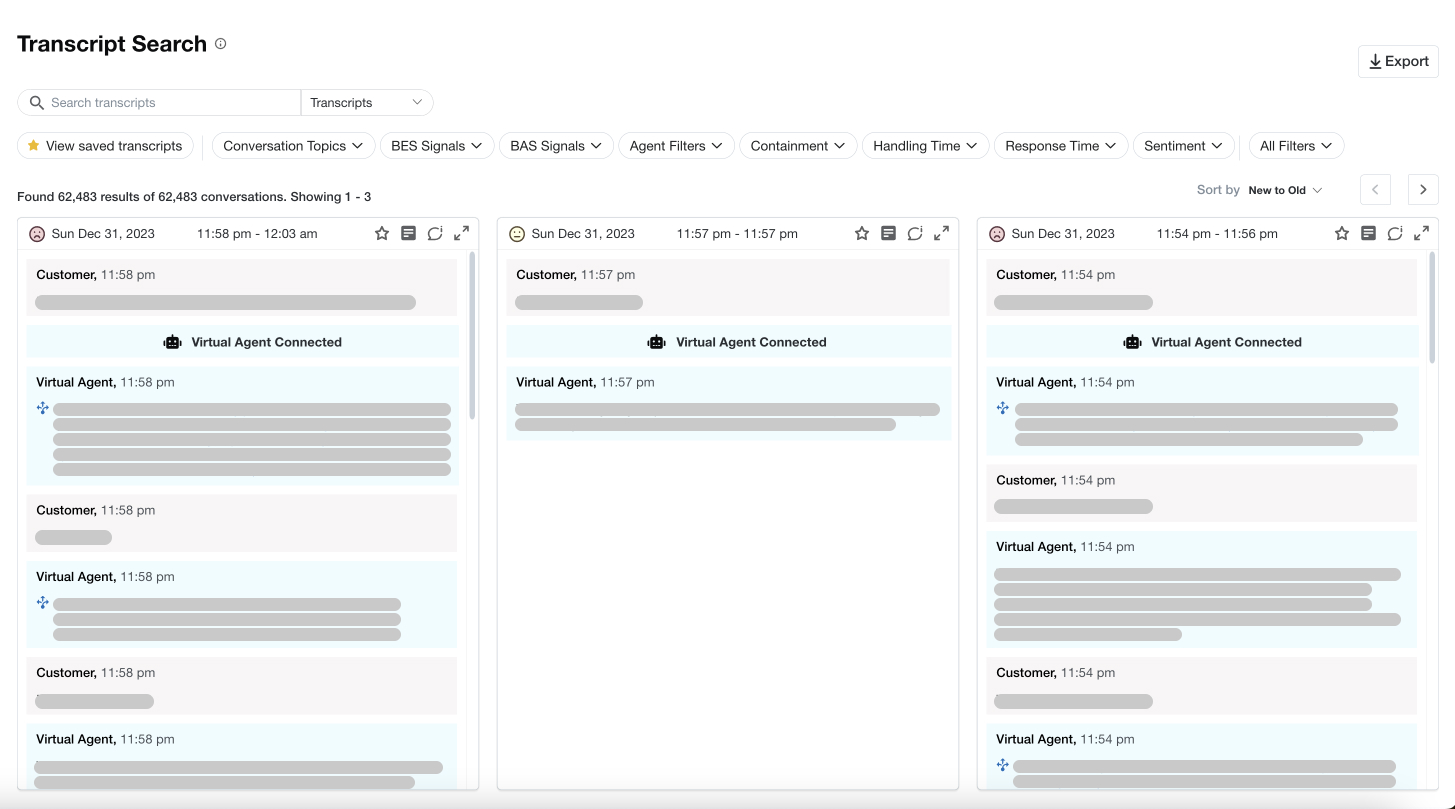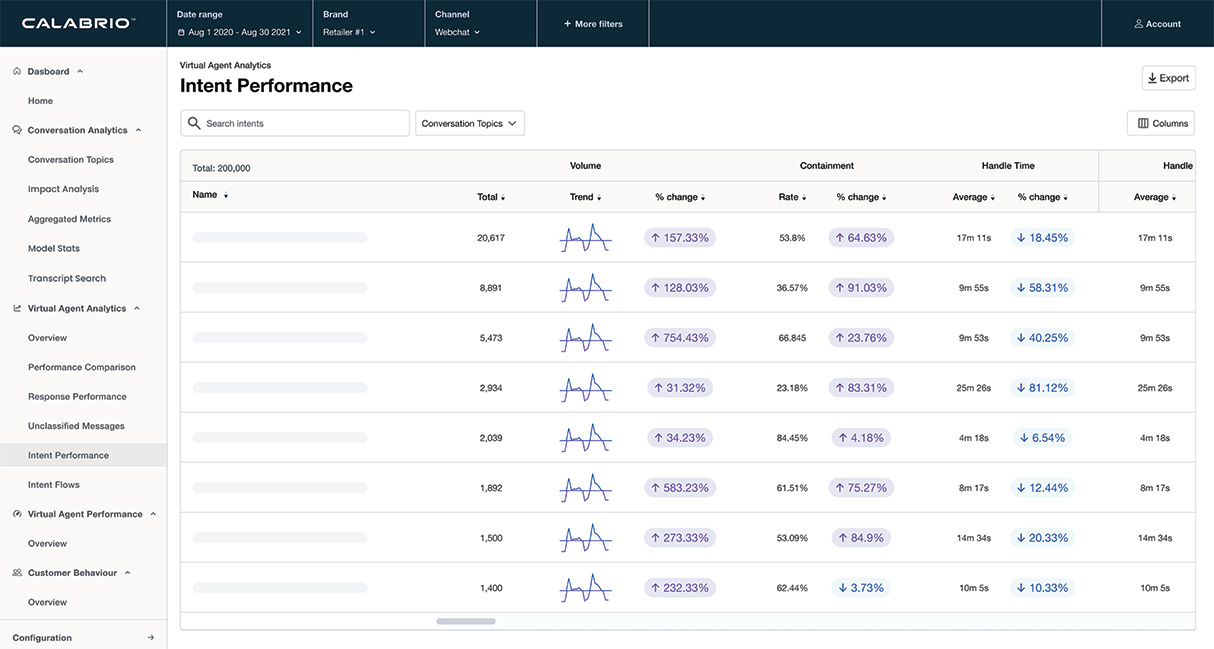Why Chatbots Fail: The Top Chatbot Mistakes to Avoid
Why Chatbots Fail: The Top Chatbot Mistakes to Avoid
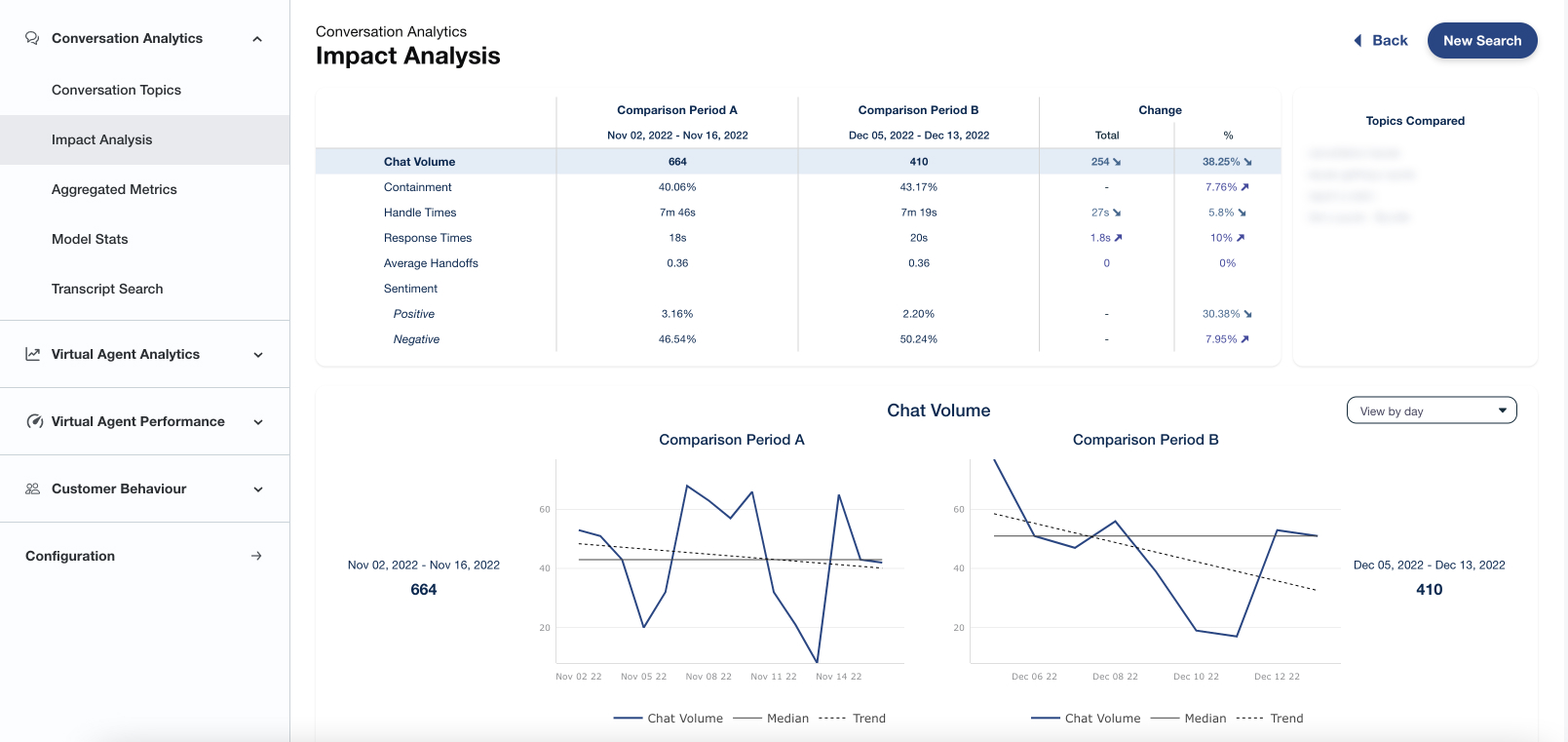
It seems like virtually every company on the block has a shiny new chatbot. This should come as no surprise considering their proven ability to improve customer support and service environments, and help consumers find what they are looking for more easily.
In fact, they’re so effective that Gartner researchers expect chatbots will become the primary customer service channel for more than 1 in 4 organizations by 2027. Still, launching and improving a chatbot that drives ROI and efficient customer experiences is easier said than done.
To prevent your bot from becoming just another failed experiment, there are a variety of precautions that can be taken to ensure your chatbot and conversational AI strategy will succeed. Below, we explore some of the common chatbot mistakes companies make when deploying a chatbot and, most importantly, the steps you can take to avoid them.
Chatbot mistake #1: Too quick to deploy
As you begin to build and deploy your chatbot or virtual assistant, every step in the process is critical. Testing is crucial. If your tests aren’t thorough enough, it will not take long for the flaws you’ve overlooked to surface.
Customers, especially those who may be skeptical about communicating with an AI, are quick to dismiss a bot if they feel it is not capable. That’s why it’s ultimately much wiser to delay your launch, spend more time testing and discovering flaws for yourself than to release your AI prematurely and have your customers be the one to discover the issues.
We get it, though: A quick deployment might be driven by an event or otherwise timed strategically. Sometimes, you have little choice but to launch and hope for the best. If that’s the case, ensure you have a team dedicated to training and optimizing your chatbot so if content gaps and flaws surface, you can react quickly. After all, launching your bot is just the beginning of your conversational AI journey, not the end.
Chatbot mistake #2: Expecting too much from your bot
We’ve seen just how powerful the latest conversational AI can be—and just how fast it’s improving. Yet while using conversational AI is incredibly helpful for both your team and your customers, it can’t be your organization’s sole provider of customer service.
Placing too much responsibility on your bot, especially in its early stages, will merely set you and your customers up for disappointment. It’s crucial to define specific functions and use cases for your bot. This more limited approach will ensure it is performing as expected and complementing your existing customer service environment.
It is also important to be clear with your customers about the functions your chatbot is capable of and familiarize them with the types of questions and issues it can (and can’t) handle. This transparency will help to maintain their trust as well as manage their expectations, lowering the chances of your bot disappointing them. After all, if customers are led to believe that your bot is more capable than it is, they will become frustrated very quickly.
When almost all customers are willing to leave a business after receiving poor customer service, their satisfaction with your bot must always be a priority.
Chatbot mistake #3: Lack of maintenance and AI optimization
No matter how intelligent or capable your conversational is, it will always need to be maintained and optimized to drive consistent and improved chatbot performance. Even the best bots become useless if they are left to operate independently, without ongoing training or optimization. Absent regular maintenance or a dedicated team’s efforts, your bot will quickly go from helpful service to outdated burden.
Training and optimizing your bot regularly ensures it will continue to get smarter and grow alongside your organization and your customers’ evolving needs. This fact is essential to consider if you plan on investing in a DIY chatbot approach that leaves internal teams responsible for maintenance. You will need the resources and staff dedicated to the success of your bot and its regular optimization, otherwise your investment will fall flat.
In order to keep your chatbot optimized and performing well, you’ll need to take note of instances where it did not have a response to questions asked or when customers were not satisfied with its performance. Once a customer is finished with your bot, be sure to have it ask for feedback on the interaction. This will keep you updated on your conversational AI’s performance and give you insight as to when improvements need to be made.
Chatbot mistake #4: Focusing on the wrong chatbot metrics
Though AI-driven chatbots are growing in importance for many organizations, a lack of transparency into performance—or the wrong approach to measurement—is keeping many teams from realizing the full potential of their bots. While native chatbot platforms frequently provide access to essential metrics like volume and containment rates, today’s teams can unlock better performance for their customers by going deeper with purpose-built chatbot analytics software.
Platforms like Calabrio Bot Analytics enable teams to access the chatbot metrics that truly matter, shedding light on whether bots actually solve customer issues, deliver satisfactory experiences, and how much automated conversations cost along the way. This added depth gives chatbot teams the data insights they need to understand any performance downgrades and fix issues affecting performance—keeping their chatbot from being yet another that fails.
As conversational AI technology continues to evolve, making the transition from novelty to norm, customers will only expect more from bots—and have less patience for error. That’s why it’s more important than ever to ensure the conversational AI behind your chatbot is the best it can be.
Learn more about how Calabrio Bot Analytics can help you deliver superior chatbot experiences and deliver quality service across all of your conversations. Book a demo today to see for yourself the impact our chatbot analytics software can have.


